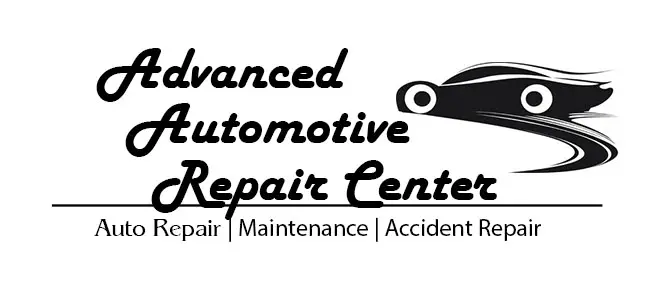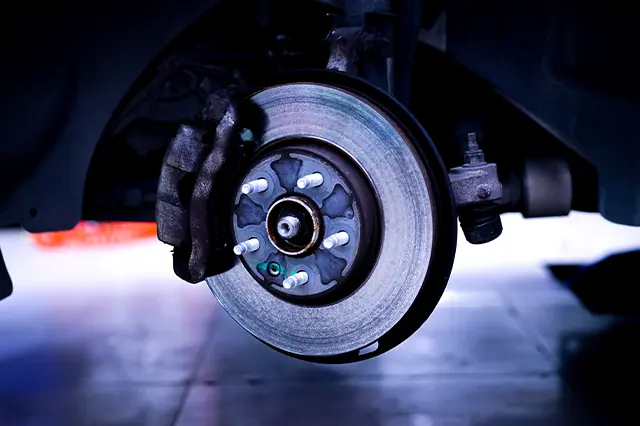
Everything You Need To Know About Brake Repair – A Comprehensive Guide
Driving is a great way to get around, but there’s one important system that you need to keep in top condition in order for it to stay safe: your brakes. Brakes are an integral part of driving, and yet they often go overlooked until something goes wrong. In this blog post, we will provide you with a comprehensive guide on everything you need to know about brake repair. From checking your brakes regularly to knowing when it’s time for a tune-up or even a full replacement, read on to learn more about how to keep your brakes performing optimally!
What is Brake Repair?
Brake repair is the process of diagnosing and repairing problems with a vehicle’s brakes. The most common brake problem is a leak in the hydraulic system that provides pressure to the brakes. Other common problems include worn brake pads or shoes, seized calipers or wheel cylinders, and damaged brake drums or rotors.
Why is Brake Repair Important?
Brake repair is important because brakes are a vital safety component of your vehicle. Brakes allow you to stop your car when you need to, and if they are not functioning properly, it can be very dangerous. There are many different types of brake problems that can occur, and it is important to have a trained professional inspect your brakes periodically to ensure they are in good working order.
When to Get Brake Repair
If you’re experiencing any of the following problems, it’s time to get brake repair:
-Your brakes are making strange noises (squealing, grinding, or growling)
-Your vehicle is pulling to one side when you brake
-You have to press the pedal further down than usual to engage the brakes
-Your brake pedal feels “spongy” or “soft”
-You see a leak in your brake system
-Your ABS light is illuminated
Types of Car Brakes
1. Disc Brakes: The most common type of braking system for modern cars, disc brakes use a caliper to press brake pads against a rotor attached to the wheel hub.
2. Drum Brakes: Older cars and some commercial vehicles still use drum brakes, which have an internal assembly of parts that expand outward when the brake pedal is pressed and apply pressure to the inner wall of a round drum, slowing the car’s wheels.
3. Anti-Lock Braking System (ABS): An ABS system uses sensors to detect wheel speed when braking. This triggers a series of rapid pumping actions in the brakes, allowing them to maintain traction on slippery surfaces and allowing drivers to have better control over their vehicle in emergencies.
4. Electronic Stability Control (ESC): ESC is an active safety feature that helps drivers maintain control by automatically applying brakes at different wheels or reducing engine power if it detects an imminent skid or loss of control due to excessive speed or poor road conditions.
5. Hydraulic Brakes: A hydraulic braking system uses a master cylinder to apply pressure to the brakes when the brake pedal is depressed. This pressure is transferred through the brake lines, activating pistons in the calipers which press against the brake pads and slow the wheels.
6. Air Brakes: A popular alternative to hydraulic brakes in commercial vehicles, air brakes use a compressed air system to apply pressure to the brake pads and slow the wheels.
7. Regenerative Braking: This advanced braking system captures energy normally lost during braking and uses it to generate electricity which can then be used to power the car or recharge its battery.
8. Parking Brakes: Also known as handbrakes or emergency brakes, parking brakes are separate from the regular braking system and use either a cable or hydraulic system to slow the wheels when activated.
9. Pedal-Actuated Brakes: A pedal-actuated system uses a mechanical link between the brake pedal and the brakes to apply pressure when the pedal is pressed. This type of braking system is usually found in smaller cars and motorcycles.
10. Electronic Brake Distribution (EBD): EBD is an active safety feature that can adjust the amount of force applied to each wheel depending on a variety of factors such as speed, road conditions and load.
Conclusion
Now that you know the basics of brake repair, it’s time to get out there and start fixing those brakes! Remember, not all brakes are created equal; depending on your vehicle, you may need different types of repairs. Do research online or ask a professional if you’re uncertain about which type of repairs to make. By following these steps and understanding how brakes work, you can be sure that your car stays in top shape for years to come.
